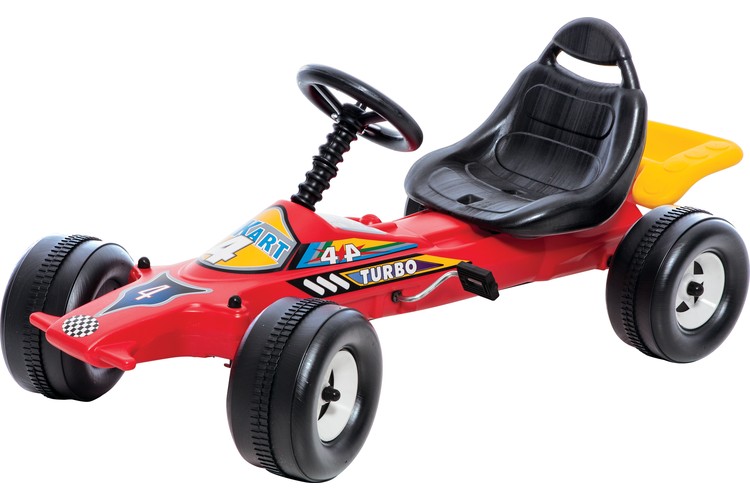
Title: Terrain orientation: best practices for driving cars on various surfaces
Ride-on simulators offer children an exciting way to explore their environment and engage in outdoor play. Various surfaces, from smooth pavement to rough trails, present unique challenges and opportunities for riders. In this article, we will discuss the best methods for riding on different types of terrain on riding machines to ensure a safe and enjoyable ride for children.
-
Sidewalks:
- Smooth sidewalks are an ideal surface for riding machines such as scooters, tricycles and balance beams.
- Encourage children to ride in designated areas away from traffic, pedestrians, and obstacles.
- Teach children to pay attention to their surroundings, including parked cars, driveways and intersections, and to obey road signs.
-
Grass and gravel:
- Riding trainers can be used on grass and gravel with proper technique and care.
- For balance bikes and scooters, encourage children to maintain a steady pace and distribute their weight centrally to avoid slipping.
- Tricycles with wider wheels can perform better on uneven surfaces such as grass and gravel, providing stability and traction.
-
Dirt paths:
- Dirt trails offer exciting opportunities for off-road adventure rides.
- When riding on dirt trails, encourage children to maintain balance and a relaxed posture that allows the bike or scooter to handle uneven terrain.
- Teach children to anticipate obstacles such as rocks, roots and branches and adjust their speed and trajectory accordingly.
-
Sand and beaches:
- Sand skating machines can be used with caution and proper technique.
- On beaches, look for skate trainers with wide, durable tires that allow you to move more efficiently on soft sand.
- Encourage children to pedal or run in a smooth, steady motion to maintain momentum and avoid getting stuck in loose sand.
-
Hills:
- Riding trainers can be used on hilly terrain with special attention to safety and control.
- Teach children to approach hills at a steady pace, using the brakes or feet to control speed as needed.
- Emphasize the importance of maintaining proper body position, with knees bent and weight centered on the bike or scooter, to maintain stability and control on descents.
-
Wet and slippery surfaces:
- Wet or slippery surfaces create additional difficulties when driving vehicles and require special caution.
- Encourage children to slow down and avoid sudden movements or turns on wet surfaces to prevent skidding or loss of control.
- Remind children to watch out for slippery areas, such as wet leaves or puddles, and to use extra caution when driving in such conditions.
-
Protective equipment and precautions:
- Regardless of the terrain, always ensure children wear appropriate safety equipment, including helmets, pads and closed-toe shoes, while riding.
- Regularly inspect riding equipment for signs of wear and perform necessary maintenance to keep it in good working order.
- Monitor children closely, especially when riding in unfamiliar or difficult terrain, and provide guidance and support as needed to ensure a safe and enjoyable ride.
By following these guidelines for navigating different types of terrain on a children's ride , parents and caregivers can help children safely and confidently explore their surroundings while enjoying the thrill of outdoor adventure. Encourage children to embrace new challenges and experiences, and develop a lifelong love of outdoor play and exploration.






